An awareness of basic ideas and computations is necessary to design and analyze building illumination accurately. An all-inclusive review of essential lighting design principles and approaches is given in this guide.
ESTABLISHING THE GROUNDWORK
Find the purpose, users, and functions of spaces before initiating a lighting design to find the appropriate illumination levels. Look to resources like the IES Lighting Handbook for guidance, but don’t forget to factor in individual requirements and user-centered design. Before engaging stakeholders, establish the scope and requirements.
CARRYING OUT CRUCIAL CALCULATIONS
Total lumens, coefficient of utilization, brightness, illuminance, fixture count, spacing/mounting height, and glare reduction are all important formulas in lighting design. To generate design diagrams, you can use graph paper or software. Determine the loads on a circuit considering voltage drop.
CHOOSING THE RIGHT LIGHTING AND TOOLS
The variety of light sources and tools available is constantly growing due to technical developments. Look at estimated life, optical control, lumen output, wattage, CRI, and CCT, and see how they compare. To choose appropriate distributions, analyze photometric data. Keep upkeep and sustainability in mind.
INTEGRATING MEASURES AND TOOLS
The controls enable the lighting to respond dynamically to changes in occupancy and daylight. Energy efficiency, visual comfort, wellness, and aesthetics are optimized by timers, sensors, tuning/zoning systems, power over Ethernet, WiFi-based, and digital communicative controls. Make sure it can communicate with other systems in the building.
MAKING USE OF DESIGN ASSETS
Lighting experts cannot do their jobs well without trustworthy resources. You can find reference tables and charts that describe lamp features, reflectances, CCTs, and CRI levels, standards like UFC 3-530-01, software tools for computations, photometric data from manufacturers, product cut sheets, and more. Join the mailing list for trade journals.
REACHING COMPLIANCE WITH CODES
Although it may be complex, complying with energy rules and standards such as ASHRAE 90.1, Title 24, IECC, and USGBC’s LEED program is crucial. To prove compliance, use the COMcheck and AGi32 programs. Compliance based on performance allows for more leeway in the design process. Be kept informed about revisions.
UTILIZING ESSENTIAL FACTORS
Pay close attention to the basic factors that affect the lighting result and the user’s experience, in addition to the calculations and codes. Look at the room’s proportions, dimensions, reflectances, shapes, sightlines, contrasts, and how it fits in with the rest of the building.
IN PURSUIT OF COMPREHENSIVE, LONG-TERM OBJECTIVES
There is a danger of overcomplicating lighting now that technology allows for more sophisticated and automated systems. Lighting is essential for meeting human needs and improving the environment. Design light that is responsive, interactive, healthy, pleasant, and easy to understand, in addition to specifying efficient products and renewable energy sources.
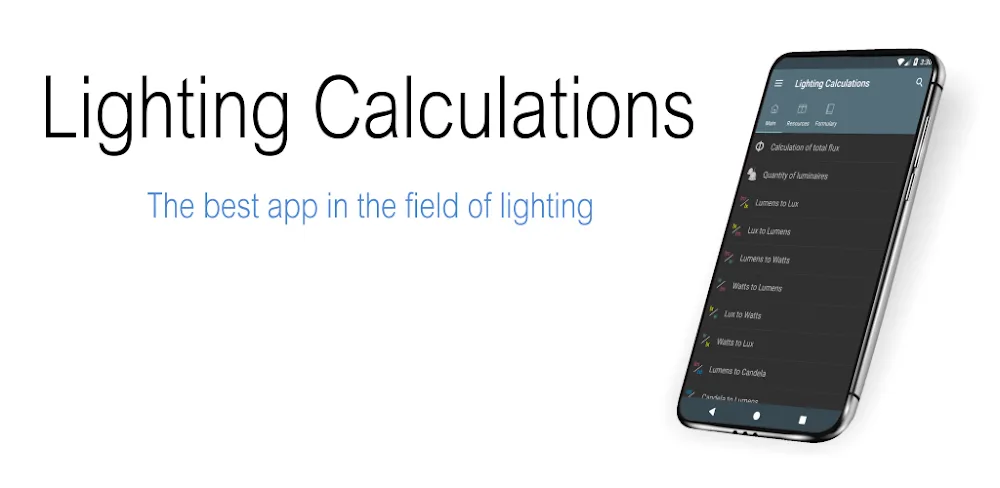
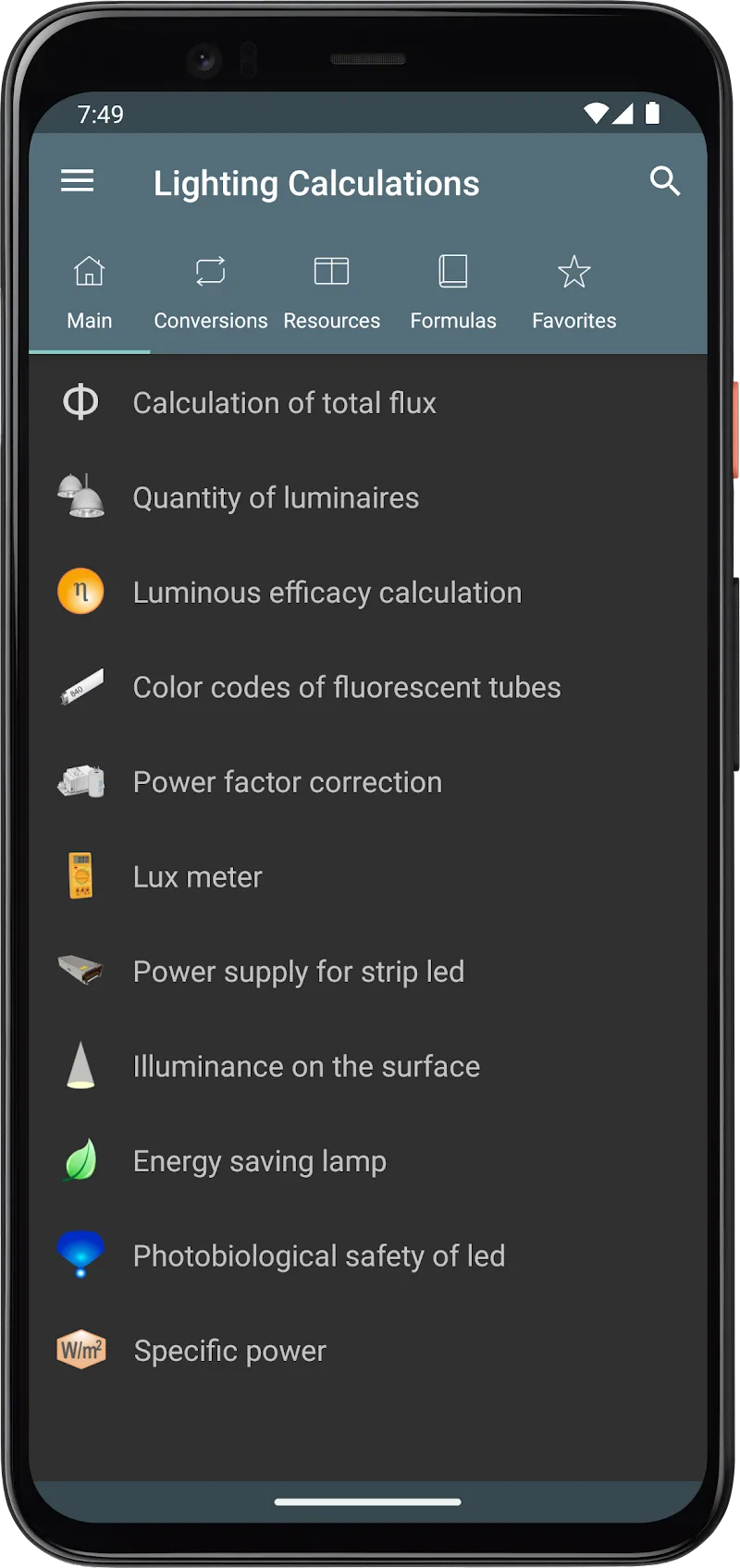
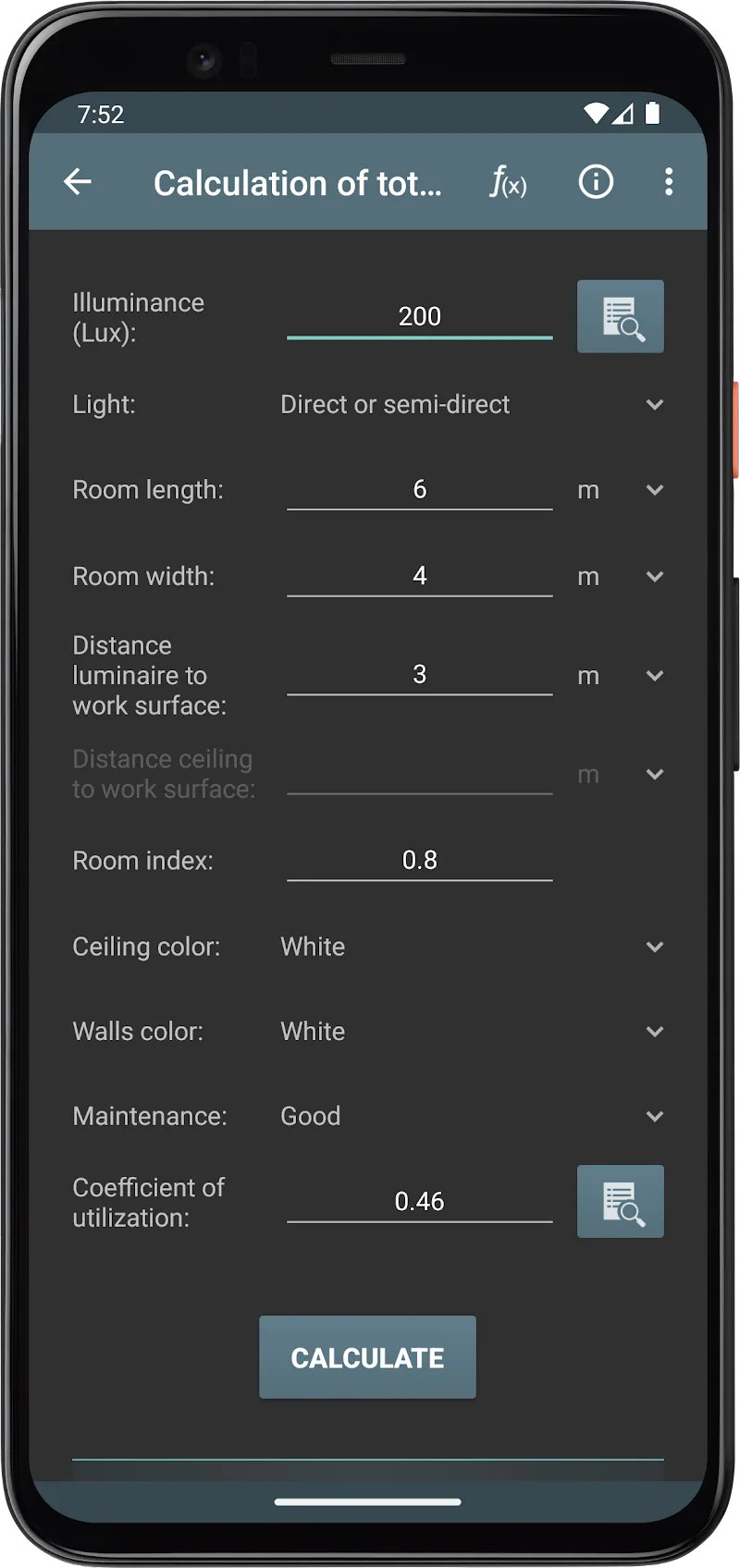
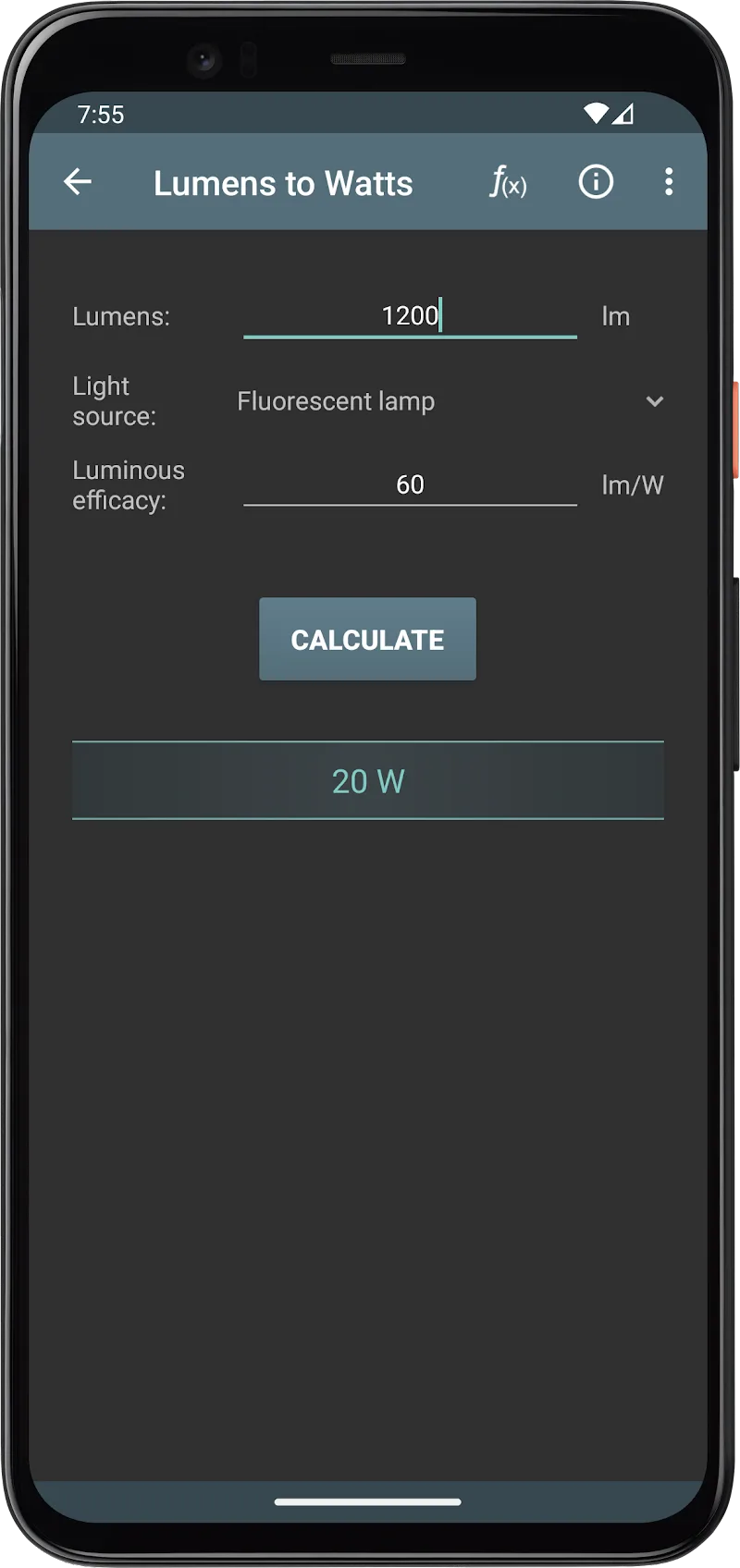
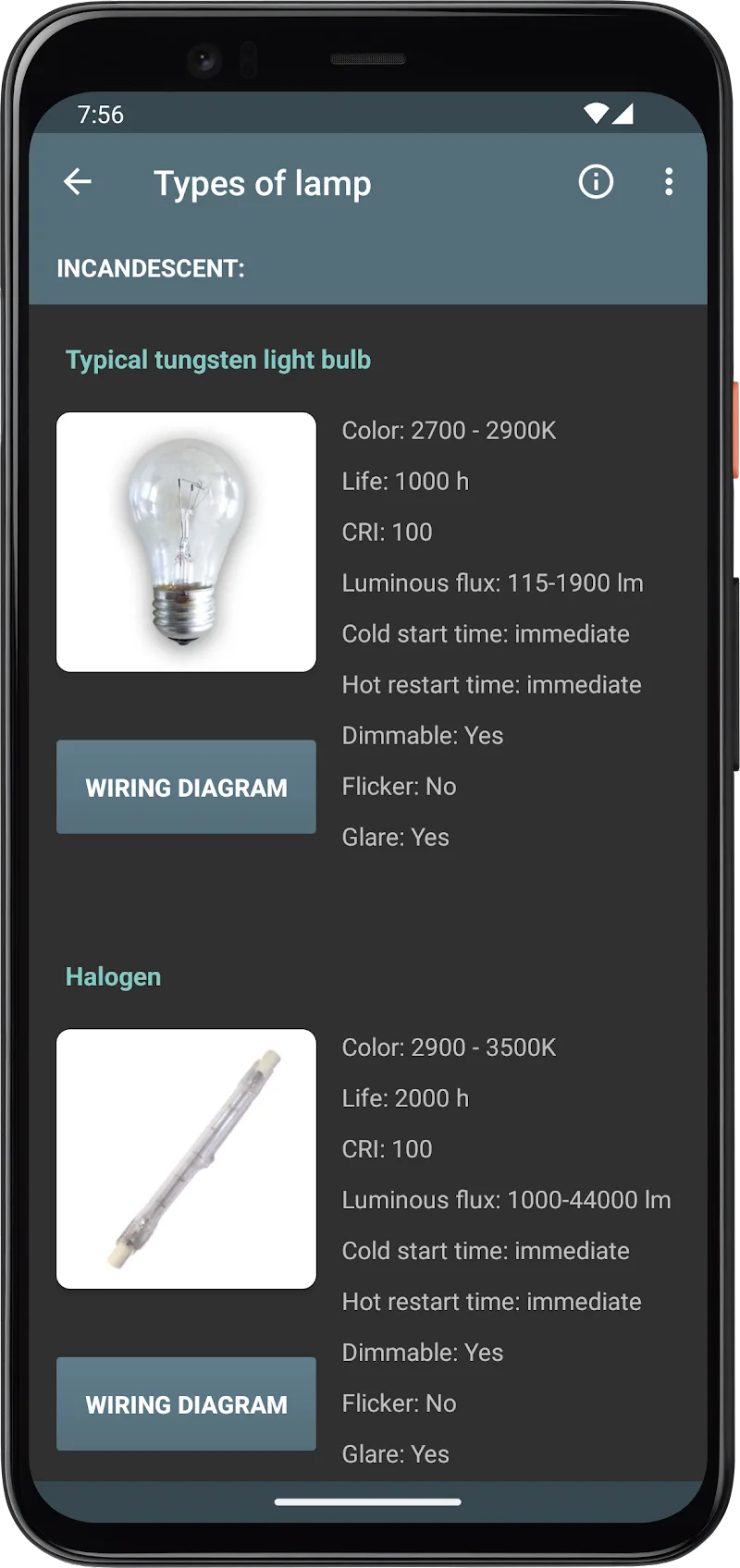
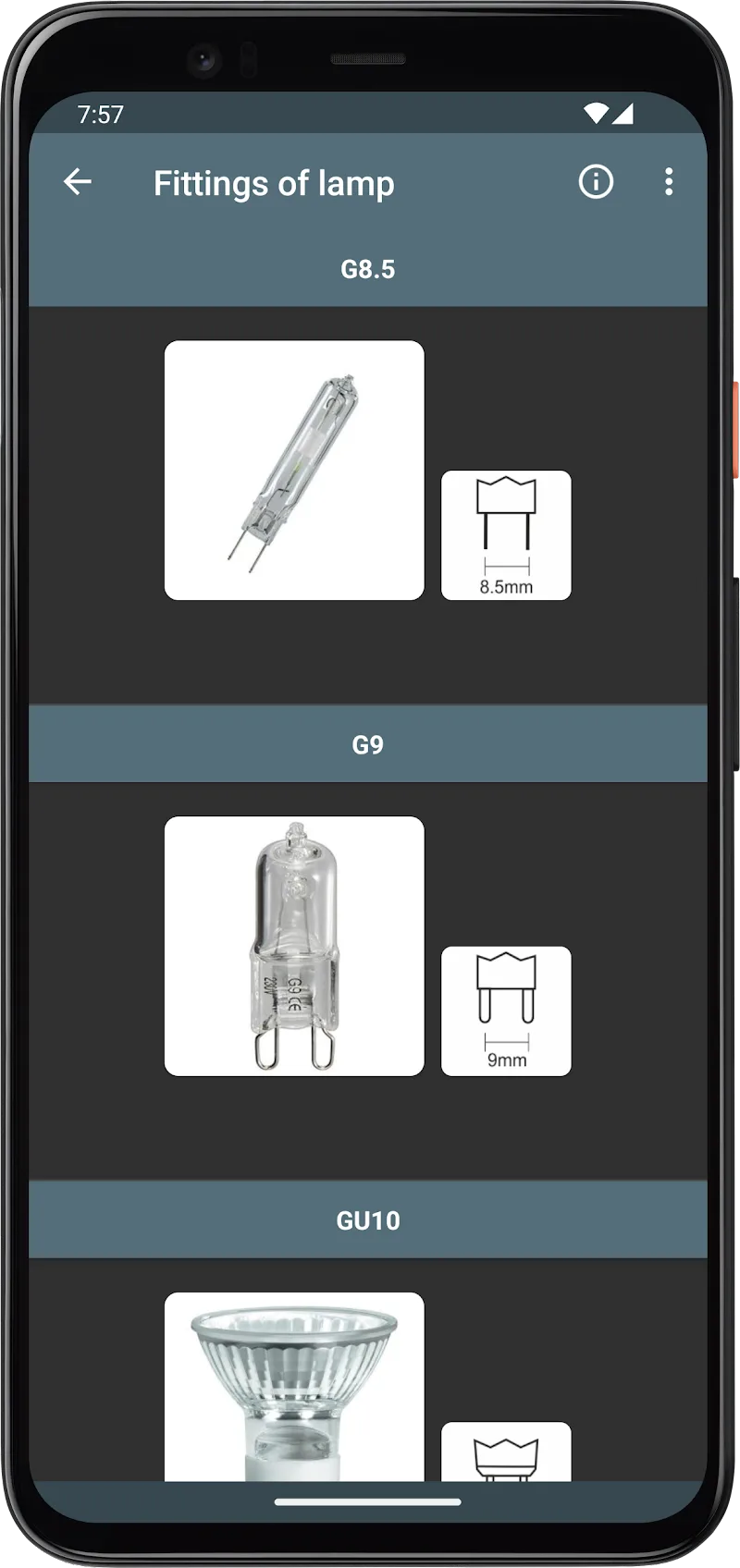
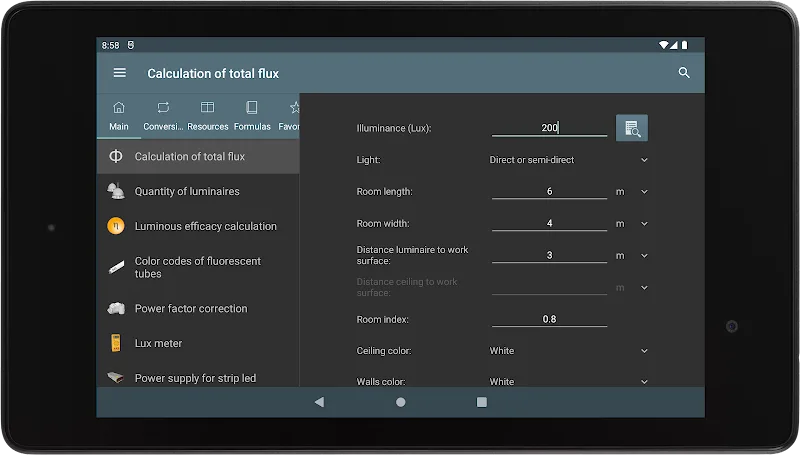
Comments 0